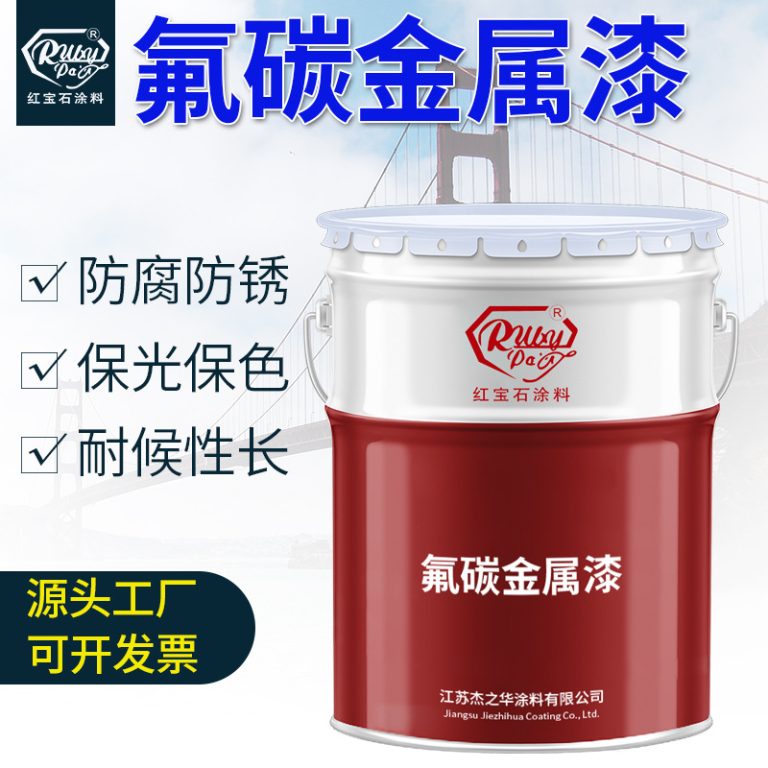Factors Affecting Acrylic Paint Quality: Pigment, Binder, and Additives
Acrylic paint is a versatile medium used by artists worldwide, known for its quick drying time and vibrant colors. However, the quality of acrylic paint can vary significantly depending on several factors, including the type of pigment, binder, and additives used in its formulation. Understanding these components is crucial for artists to make informed choices about the paints they use to achieve the desired results in their artwork.
| No. | Products |
| 1 | Industrial paint |
Pigments are the substances responsible for giving acrylic paint its color. They can be derived from natural sources like minerals and plants or can be synthetically produced. High-quality acrylic paints typically use pigments that have strong lightfastness, meaning they are resistant to fading when exposed to light. This is an essential factor for artists who want their artwork to maintain its vibrancy over time. Additionally, the particle size and concentration of the pigment in the paint can affect its opacity and tinting strength. Finely ground pigments with a higher concentration will generally produce more vivid and opaque colors, enhancing the overall quality of the paint.
The binder in acrylic paint is the substance that holds the pigment particles together and helps the paint adhere to the painting surface. Acrylic polymer emulsion is commonly used as a binder in acrylic paints. The quality of the binder can significantly impact the paint’s durability, flexibility, and texture. A high-quality binder will ensure that the paint film is strong and resistant to cracking or flaking, which is particularly important for artworks that may be exposed to varying environmental conditions. Moreover, the binder influences the glossiness of the paint; some binders provide a matte finish, while others impart a glossy sheen, allowing artists to achieve different visual effects based on their preferences.
Additives are also incorporated into acrylic paints to modify their properties and enhance their performance. These can include dispersants, which help distribute the pigment evenly throughout the binder, and retarders, which slow down the drying time of the paint. This can be especially useful for artists who work with blending techniques or need more time to manipulate the paint on the canvas. Other additives, such as preservatives, prevent the growth of mold and bacteria in the paint, extending its shelf life. The choice and quality of additives play a crucial role in the usability and longevity of acrylic paints.

It is important for artists to consider these factors when selecting acrylic paints for their projects. High-quality paints with finely ground, lightfast pigments, a durable binder, and beneficial additives can significantly enhance the appearance and preservation of artwork. Conversely, lower-quality paints may contain coarser pigments, a weaker binder, and fewer or less effective additives, leading to less satisfactory results.
| No. | Article Name |
| 1 | Industrial paint |
In conclusion, the quality of acrylic paint is determined by the interplay of pigments, binder, and additives. Each component contributes to the paint’s color intensity, durability, and workability. By understanding the role of these factors, artists can make more informed choices about the paints they use, ensuring that their artistic creations are both beautiful and enduring. Whether you are a beginner or a seasoned professional, investing in high-quality acrylic paints can elevate your art and bring your creative visions to life.






